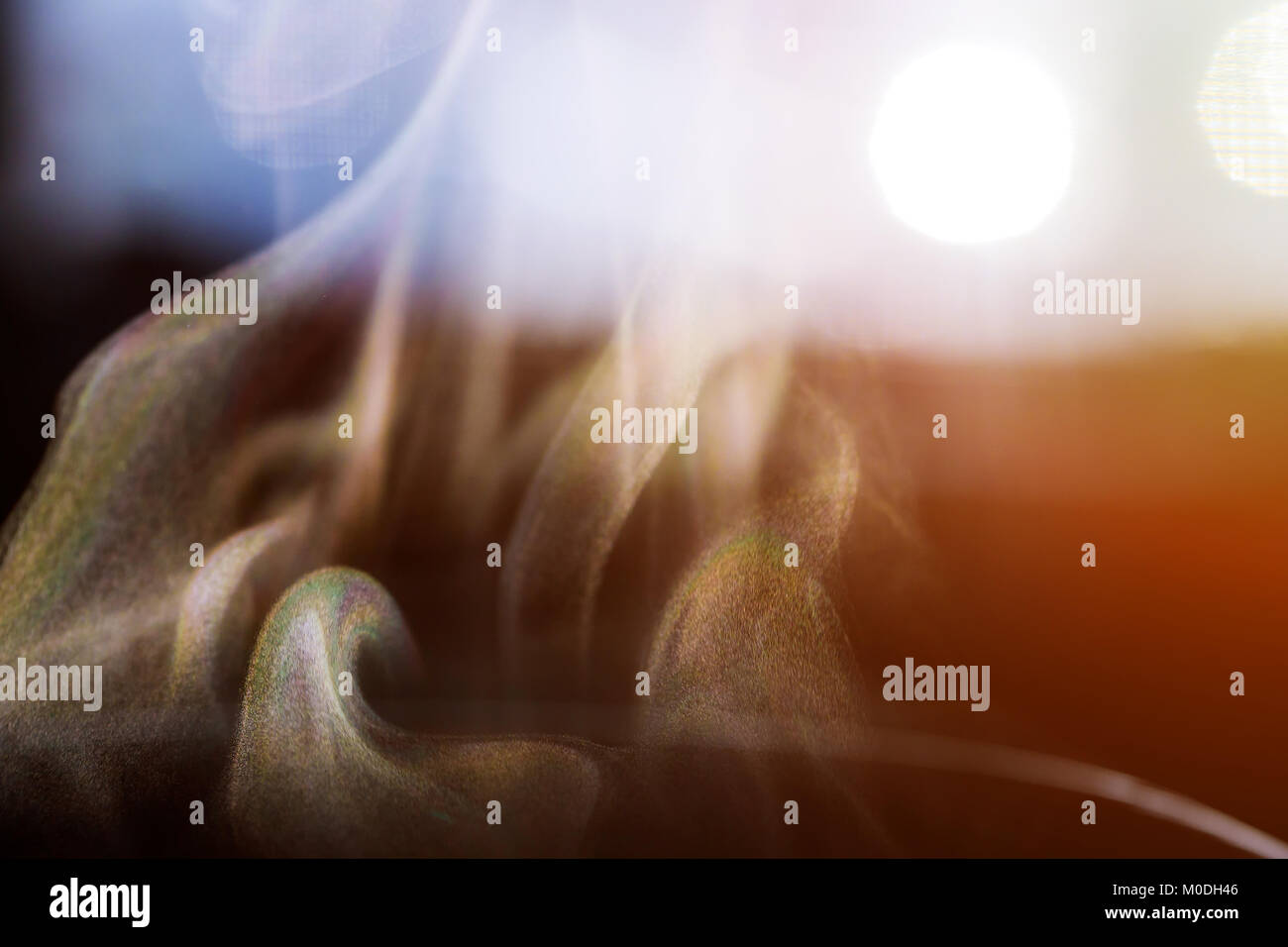

When salt is added to the tonic water, it quenches the fluorescence.

The tonic water is especially beautiful under the black light while it is being poured. Substances that have this ability are termed fluorescent. Quinine has the ability to absorb ultraviolet light from the black light and convert it to visible light. Black light gives off ultraviolet light, which is invisible to the human eye. The tonic water contains quinine, which is highly fluorescent compound. Do not start at the black light, as ultraviolet lights can be harmful to your eyes.Ĭompletely darken the room and pour the tonic water into a cup under the black light.Īdd salt to the tonic water, while it is still under the black light. Safety Precautions: Perform only under adult supervision.
TONIC WATER BLACK LIGHT HOW TO
Objective: TO observe the fluorescent nature of tonic water, and how to quench it. Black lights required.Renee Schettler Rossi. Arduino CTC101 Program : Kit + Online TrainingįUN WITH TONIC WATER & BLACK LIGHT EXPERIMENT By Robolab Technologies In Atal Tinkering Labs ATL.Miniature Industrial Production System (MIPS).Center of Excellence in Artificial Intelligence.In the 1600s, Europeans witnessed its use among indigenous people who made tea of the ground bark. The cinchona tree (Cinchona ledgeriana) is native to South Americaparticularly Peru, Bolivia, and Ecuadorwhere it is known as quinquina. It is a natural alkaloid extracted from red or yellow cinchona bark (sometimes called Peruvian bark). Center of Excellence in Internet of Things Quinine is tonic water's defining ingredient and the reason it glows under a black light.


 0 kommentar(er)
0 kommentar(er)
